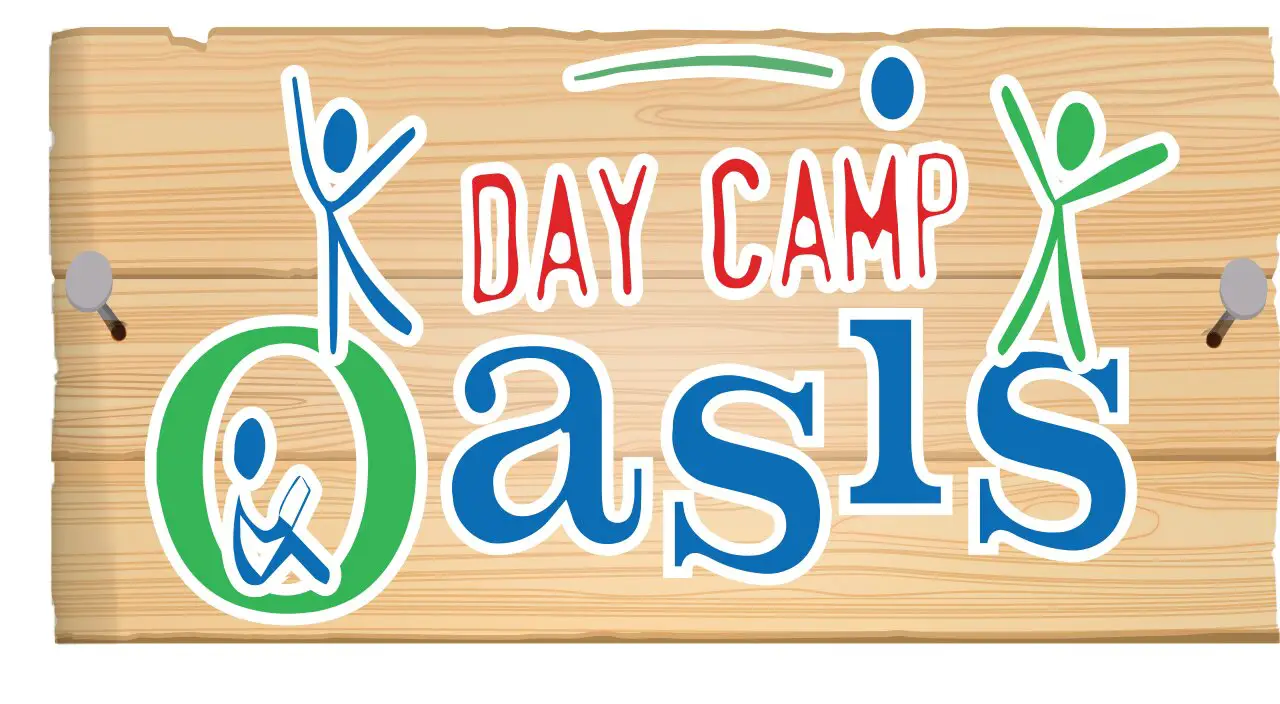
How to Talk to Your Kids About Racism
It’s never too early to start the conversation. Experts are here with tips and strategies for talking about race, racism, and current events with your kids.
Get can’t-miss family activities sent to you!
Get the Best Kid-Friendly Activities
Sent to You Weekly!
Talking to your kids about race is a continuous and evolving process.
Your kids’ questions will likely evolve as they get older, as their understanding of issues change, as your own understanding changes. So keep talking about race and racism. “Keep going back to this conversation with your children. It’s not a one-time conversation,” Dr. Chomilo said.
Allison Briscoe-Smith, Ph.D., the director of diversity, equity, and inclusion at The Wright Institute Clinical Program, explained in the Common Sense panel that having small, foundational conversations with your kids over time will allow you and your family to be proactive, not just reactive.
“I think many families are concerned that their proactive conversations will incite or overwhelm children," she said, adding that it's important for all families to be proactive, do the work, and figure out what they want to communicate to their kids, especially if talking to your kids about these issues has not been a necessity.
Dr. Briscoe-Smith and Dr. Chomilo spoke on the panel with Jacqueline Douge, M.D., a pediatrician, creator of the podcast What Is Black?, and co-author of the American Academy of Pediatrics policy statement The Impact of Racism on Child and Adolescent Health. The panel was moderated by Jasmine Hood Miller of Common Sense Media and aims to help kids process violence, trauma, and race in a world of nonstop news. You can watch the whole discussion, including answers to questions from parents, on YouTube.
Remember that while discussion is powerful, talking is exactly that—talking. Modeling actions to create change and help others is even more beneficial for your kids.
“It’s not just about discussion. It’s taking a stand and doing something about it,” Dr. Patel says. “We are kids’ first models, first teachers. Just because you may have not done anything prior [to this] doesn’t mean you can’t now.”
These are great resources for educating yourself, helping your kids learn, and donating to the movement for justice.
This video is a great age by age guide for teaching your kids to fight against hate:
Books, tv shows, articles, podcasts, and more are great educational tools for both you and the kids. Here are just a few examples:
- Kids' Books, Podcasts, and Other Resources About Diversity, Race, and Inclusion
- Dr. Patel recommends Daniel Tiger and Sesame Street as shows that are great at teaching kids kindness, respect, and inclusion.
RELATED: Sesame Workshop Releases Resources to Help Parents Guide Conversations About Race and Racism
- Daddy, There’s a Noise Outside features a guide for parents so they can work on educating themselves and talking about this with their kids. Each guide includes suggestions for materials that will spark conversation. Braswell also recommends reading I Had a Dream by Dr. Martin Luther King, Jr. with the kids.
- Here are some reading suggestions for parents looking to learn more about the historical context of Black Lives Matter and of racism in America. One popular suggestion is How to Be An Antiracist by Ibram X. Kendi, and you can buy it and other illuminating reads at Black-owned bookstores in our area, such as Cafe Con Libros in Brooklyn. Doing your own research will help you have these important conversations with your kids.
To show solidarity and push for change:
- Get takeout from BIPOC-owned restaurants in your area. Purchase from Black-owned small businesses.
- Donate to New York-based institutions that work to educate the public about race and racism. Braswell suggests the Brooklyn Museum and the Schomburg Center for Research in Black Culture.
- Donate to organizations that are helping people fight for racial justice.
- Know your rights if you decide to protest in New York City.
- Amplify and listen to BIPOC voices now and in the future. Remember the movement—and the conversation you have with yourself and your kids—does not stop when the protests end.






